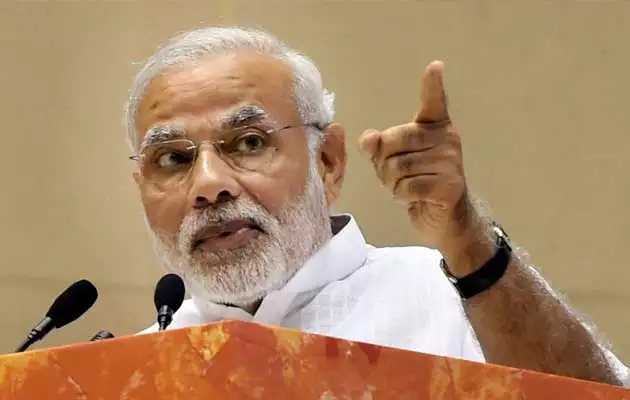
Accelerating access to sustainable power for all — Part 3
If customers have higher energy requirements than can be met by standalone home systems, then a renewables-fed mini-grid can be an option. Mini-grids have a longer history than standalone home systems as a solution for electrifying rural or remote island communities out of reach of the main grid.f
With the exception of those located next to local sources of hydropower, such as in Nepal, they have typically been powered by diesel generators. Diesel relies on fuel transport for operation and entails a higher running cost compared to renewable generation. Partly because of the disadvantages of diesel, mini-grid development has been limited, but the advent of cheaper renewable power technology has seen the emergence of hybrid mini-grids (combining diesel and renewable generation) and renewables-only mini-grids.
In contrast to the entrepreneurial impetus that is driving the growth of standalone home energy systems, mini-grids require more planning and institutional context. Because they serve a community of users, they rely on local governance frameworks or some other existing infrastructure that can provide a framework for their development.
Sometimes the starting point might be an ‘anchor client’. This might be a local business or a public service such as a health centre that has a power requirement. In such cases, a power installation can be designed that also serves neighbouring users through a mini-grid.
In other cases, mini-grids might be community- or government-led. But in all cases, they require some framework to ensure agreement on planning, operating, pricing and maintenance.
Different models for mini-grid deployment exist. They can be classified into four categories – utility operated, privately operated, community operated or hybrids that combine a mix of the others.
Due to the complex regulatory, process-related, technical, financial and commercial challenges, there is no one-size-fits-all approach. The best structure depends on local circumstances. Often, much of the momentum for mini-grid development depends on government- or donor-led initiatives and private sector involvement has been limited.
Mali is often cited as the African country that has had probably most success in developing isolated mini-grids. The Africa-European Union Renewable Energy Cooperation Programme’s mini-grid policy toolkit states there are “more than 200 mostly small diesel mini-grids in operation in the country, around 60 of those are privately run and a significant number are in the process of hybridisation.”
But tariffs are considerably higher than for grid-connected customers and this has been a significant limiting factor in the development of mini-grids to date.
Hybridisation with renewables has had positive impacts in reducing generation costs and falling technology prices will further ease cost issues, but other challenges remain. Many mini-grids have been government or donor led and rely on some form of subsidy and the continuing commitment of the sponsoring agency.
According to our market feedback, private sector involvement remains challenging, with many people we interviewed commenting on the lack of a clear framework for mini-grids in energy policies and plans, as well as general frustrations with delays and bureaucracy.
There has been a lack of business focus and appreciation of the conditions needed to put mini-grids on a sound footing. And this echoes the findings of the Africa-EU Renewable Energy Cooperation Programme’s toolkit, which observes: “Many [mini-grid projects] have focused on technological and socio-economic aspects, leaving business-related aspects unconsidered.... However, other projects – in particular those with more business-driven approaches – have addressed these problems adequately and are potential sources for inspiration”.
Where mini-grids have been successful, their role is likely to have been clearly identified in national energy plans, and the projects themselves are rooted in funding and governance models that are sustainable and able to cover repair and maintenance costs and processes. Where these conditions exist, private sector interest in mini-grids is likely to grow.
In Kenya, for example, the Kenya Energy Regulatory Commission has licensed Powerhive East Africa Ltd., making it the first private company in Kenya’s history to receive a utility concession to generate, distribute and sell electricity to the Kenyan public.
Powerhive was granted the concession in 2015 after more than two years operating successful renewable energy micro-grid pilot projects serving around 1,500 people in four villages in Kisii, Kenya.
The company aims to scale up its operations in the region, beginning in the Kisii and Nyamira counties in western Kenya, and to deliver electricity directly to hundreds of rural communities that are beyond the reach of the national grid. The Kenyan government has a target of 100% electrification for the population by 2030.
In early 2016, Powerhive closed a US$20m financing round to enable it to expand into new markets in Africa and Asia Pacific, as well as to invest in continued growth in Kenya.
In India, Prime Minister Narendra Modi has said he wants electricity available in every home by 20223.
A total of 125,000 Indian villages lack access to reliable power and the government has designated 18,000 of these villages as economically impossible to reach via conventional grid extension means.
Activity is increasing in the mini-grid sector. For example, in just four years Husk Power Systems has installed 84 mini-power plants, using biomass from waste rice husks, to provide electricity to over 200,000 people spread across 300 villages, and employing 350 people. It runs its own Husk Power University, with the aim of taking unskilled people from rural communities and training them up to run the power plants and mini-grids themselves.
Want to know more? Let’s talk.
You can contact me by sending an email to vish.ashiagbor@gh.pwc.com and copy in Brigid Yirenkyi (brigid.a.yirenkyi@gh.pwc.com)
